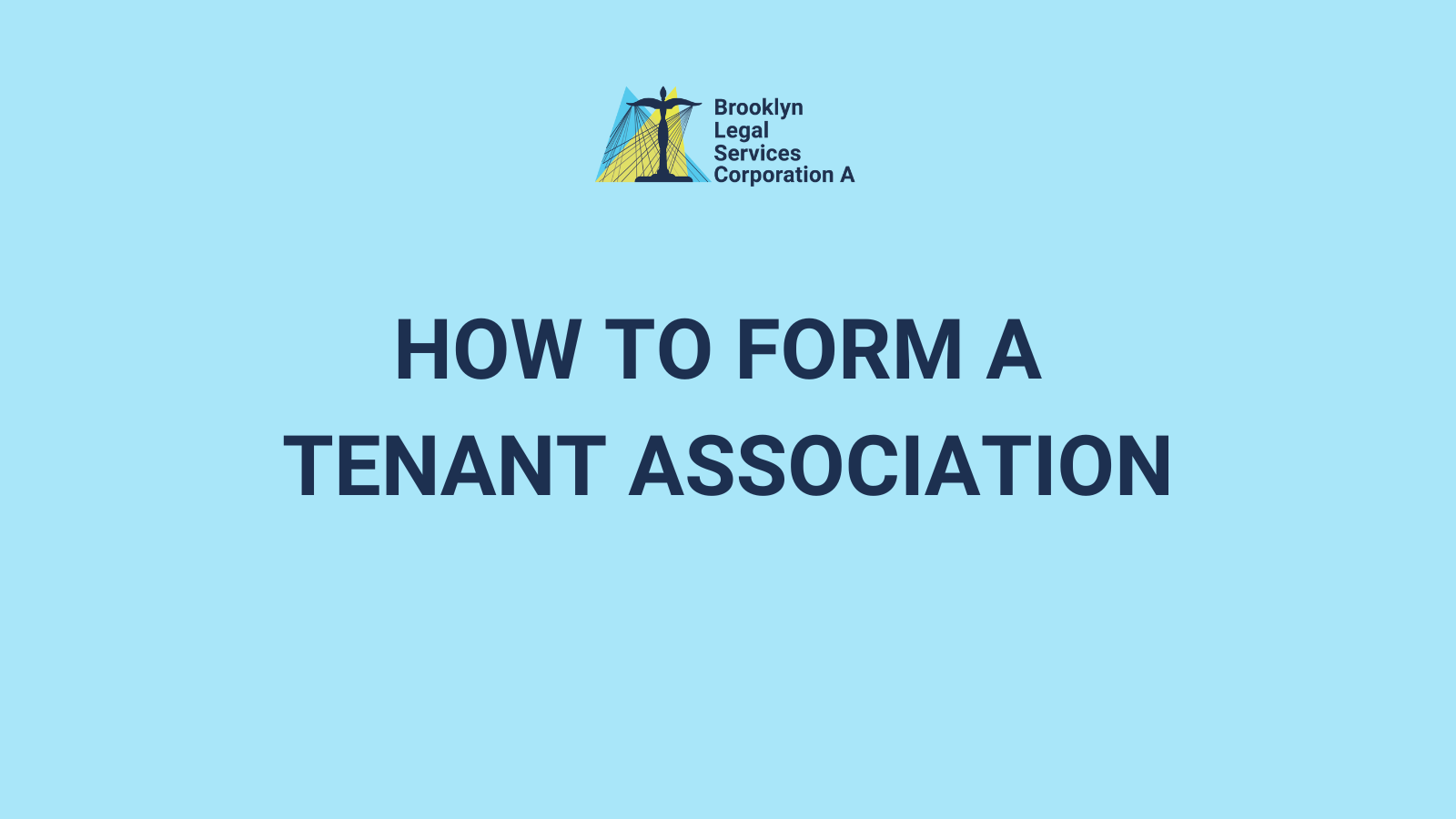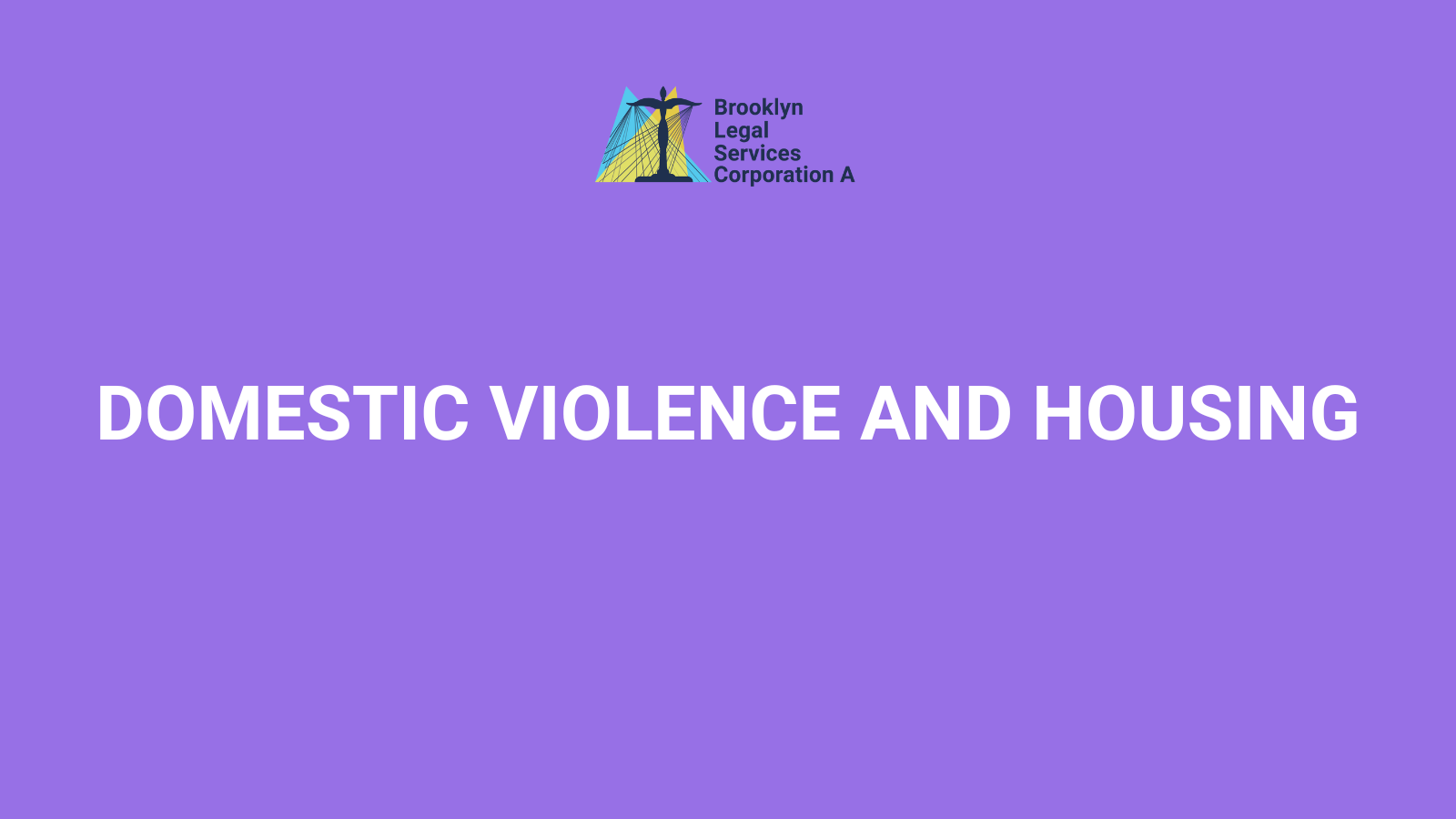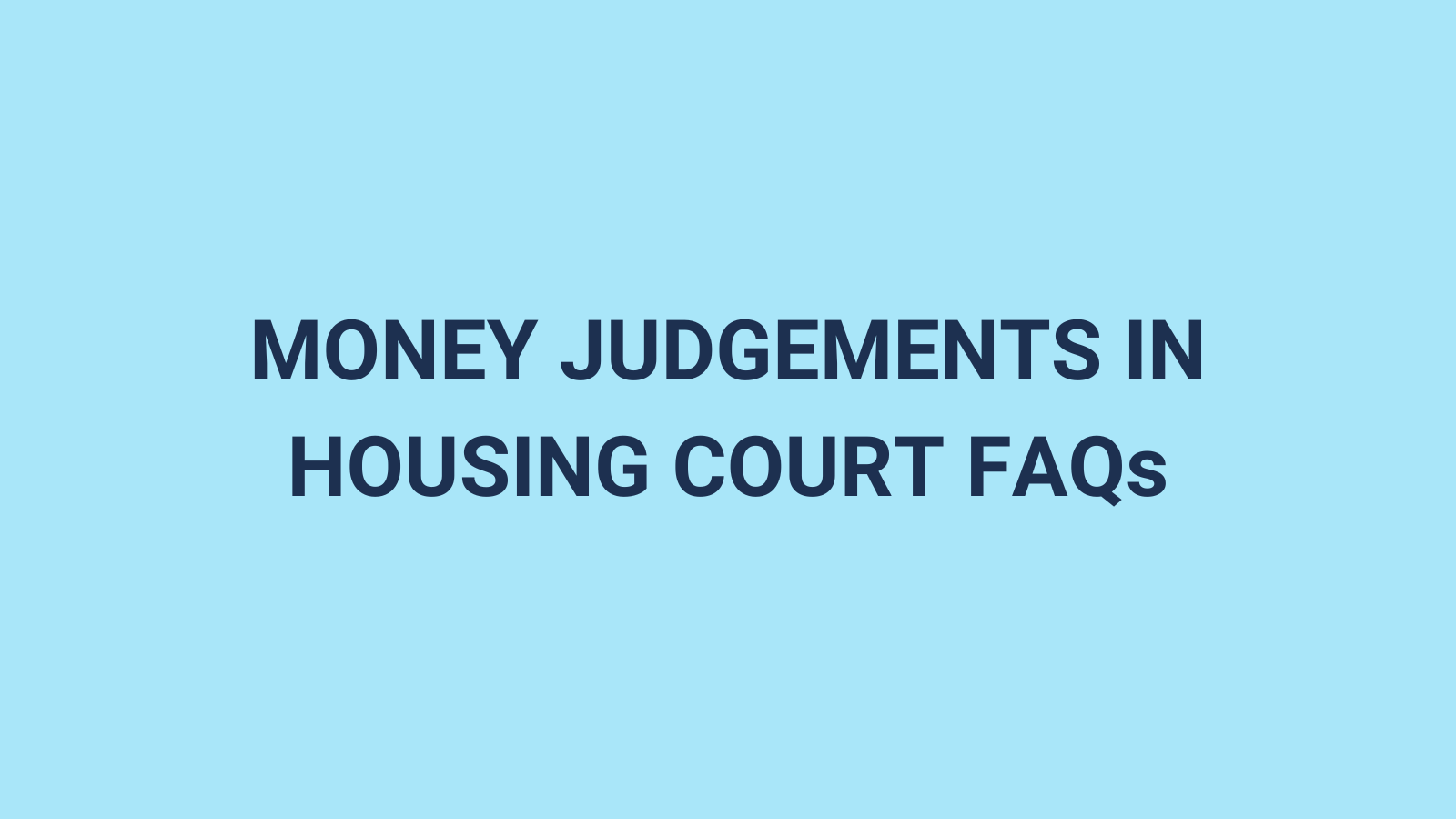By Charles Healy Every year, taxpayers work to have their taxes filed with the IRS…

How to Form a Tenant Association
By Jesse Nagin and Johnny Rivera
Disclaimer: This advice is for informational purposes only and is not legal advice. The information provided here does not constitute an attorney-client relationship.
What is a Tenant Association?
A tenant association (TA) is a group of tenants who live in the same building or complex. They work together to address common concerns and issues related to their living conditions. A tenant association aims to empower tenants to act as a collective voice to communicate and hold accountable concerns to the landlord or property management. The association may also organize community events, advocate for tenant rights, and engage in activism to improve the housing and community conditions.
Why should I form a TA in my building? Is it better than just handling issues alone?
There are numerous benefits to forming a TA in your building. The TA can advocate for repairs and fair rent in your building. You can achieve greater leverage as a group by working and collaborating with other tenants and your community to negotiate with your landlord. There is strength in numbers for tenants to advocate for better living conditions. It is much more likely that your landlord will listen and address the TA’s concerns because of the group’s shared interests. Talk with your neighbors about forming a TA, so they can also know the benefits of creating one. Even if there are not currently any large issues in your building, it can be helpful to proactively form a TA to have an established structure in case anything arises, or even to build positive ties within your building.
Do I have a right to form a TA in my building?
Yes! Everyone has the right to form a tenant association within their building if there are more than two units. Furthermore, anyone can create a TA regardless of the regulatory status (Rent Stabilization, Section 8, NYCHA, etc.) of your building. The TA can also start a court case against their landlord, called a “Housing Part Action,” or “HP case” or “HP action” for short, to force the landlord to make repairs and provide essential services.
What are my rights to form a TA? Are there any risks?
New York State Real Property Law Section 230 protects your rights to form a TA. Under this law, a landlord cannot interfere with your rights to create a TA. The landlord cannot harass or penalize you for forming a TA and conducting outreach in your building. Law enforcement cannot try to disperse a TA meeting. The New York State Attorney General has given explicit guidance about the protections of creating a TA. Per the New York State Attorney:
“Every tenant should feel comfortable exercising their right to organize without fear of legal retaliation. Landlords cannot use our law enforcement officers as tools to bully and threaten tenants… Tenants have the right to form tenant associations and hold tenant meetings on or in the property where they live. These protections extend to a building’s common areas or grounds, including the main lobby and hallway.”
This law allows you to openly discuss forming a TA and holding a meeting in any open space of the building or on the property. You can distribute materials and information within your building about forming a TA. If you want to learn more about your landlord’s history of complaints or violations, visit the site “Who owns what in nyc?” to review the owner’s full portfolio.
What if my neighbors aren’t interested?
Going door-to-door and asking your neighbors about any building issues they’ve experienced helps foster a sense of connection and mutual understanding regarding your shared values. This approach helps to garner support for the TA. To make the door-to-door visits more convenient and enjoyable, having at least two individuals conducting them together is advisable. It is crucial to ensure that the team is comprised of representatives from different ethnic and language groups within the building, especially during the initial stages when residents might not be well acquainted. This inclusive approach ensures that everyone understands and embraces the notion that the TA is intended to benefit everyone in the building.
If people are still resistant to the idea, remember that you don’t need the whole building to join in order to become an official TA. The reality is that you almost never get 100 percent of the tenants in a building, instead, you often get a small fraction. However, that is usually enough to fight for repairs and services. Be respectful of those who decline joining and offer to continue the conversation in the future or offer more info if they ask. If you’re able to form a smaller TA, remember to still serve the entire building—with any luck, those resistant neighbors will see the benefits your TA has brought to everyone and they will want to join in the future.
I’ve never done this before, any tips?
When reaching out to tenants, make sure to get their contact information and create a chart or document that lists their contact information, as well as the best methods for communication, language, and skills. It’s important during the outreach and TA meetings for tenants to get to know each other. Create a system for communication such as a WhatsApp group to promote intercommunication.
For the first TA meeting, create a flyer and identify a time that is most suitable for the majority of tenants. At the first meeting, identify the common problems of the building. Make demands of the landlord based on these top issues by writing a letter that tenants can sign.
With time, consider escalating pressure if needed: a face-to-face meeting, a rally in front of the landlord’s or property manager’s place of business.
You can also connect with other TAs to share resources and support. Your local elected officials may be a resource to your TA as well. You can also seek legal support for an HP case.



